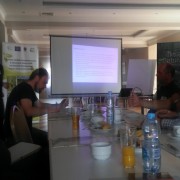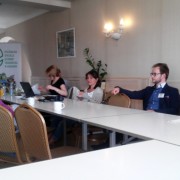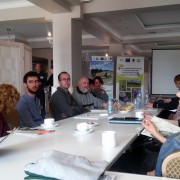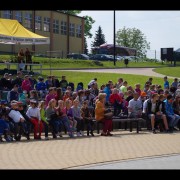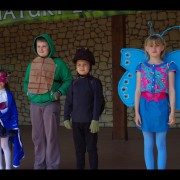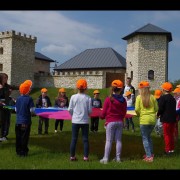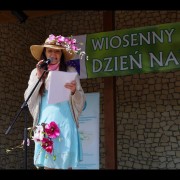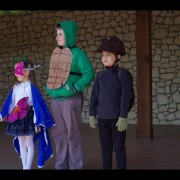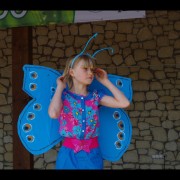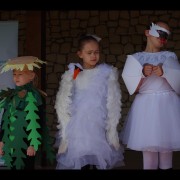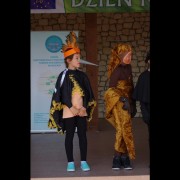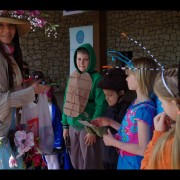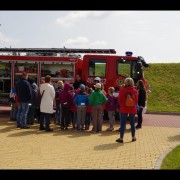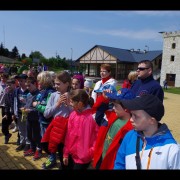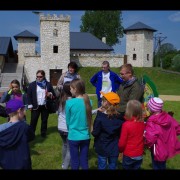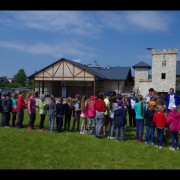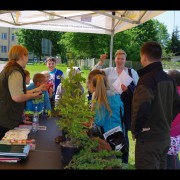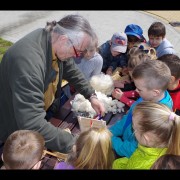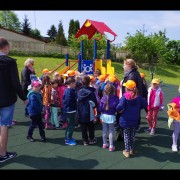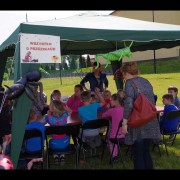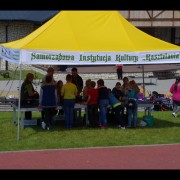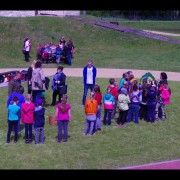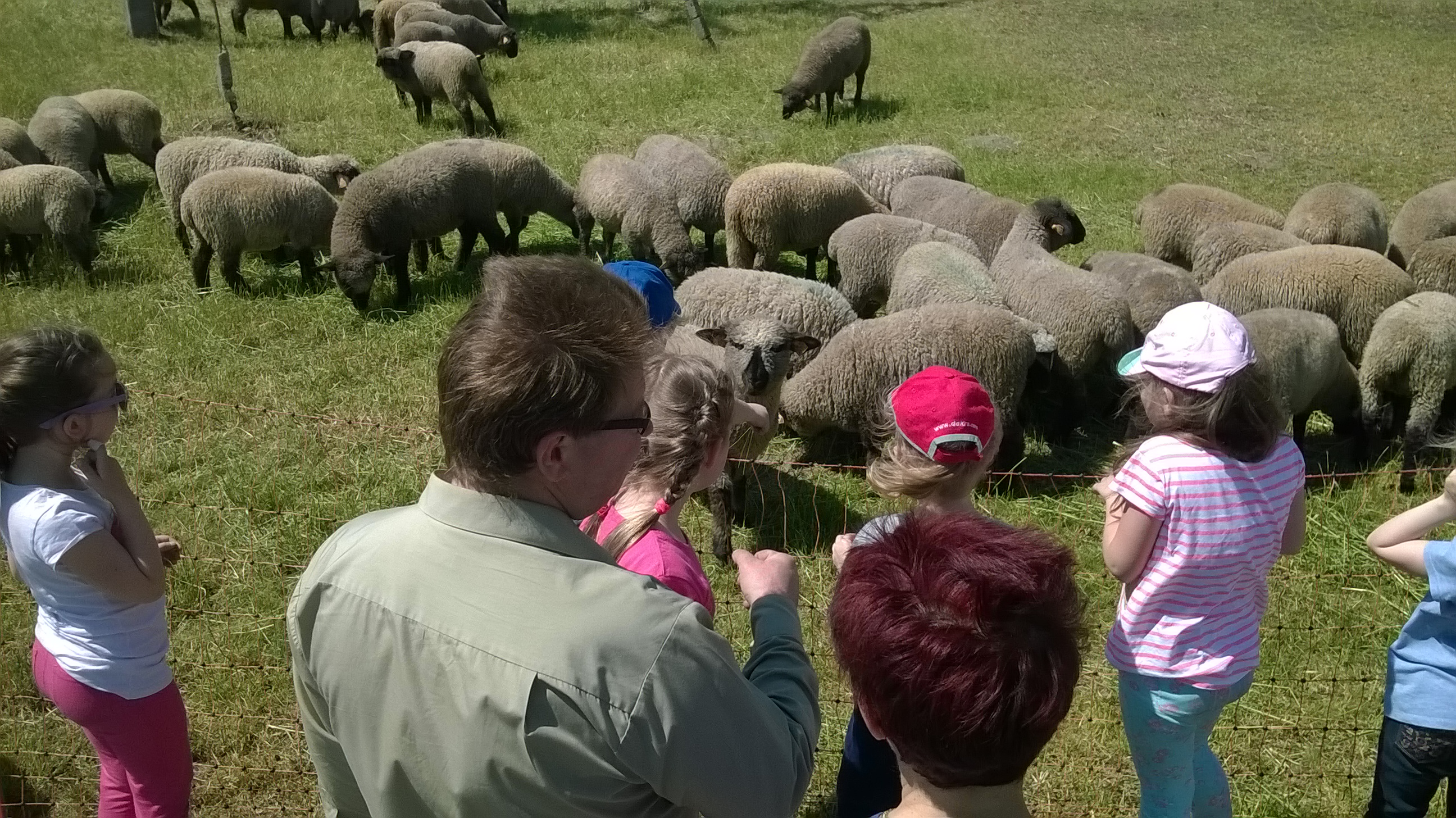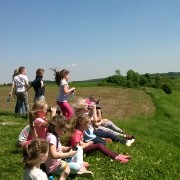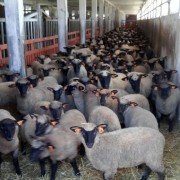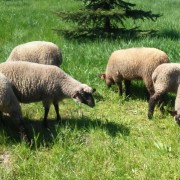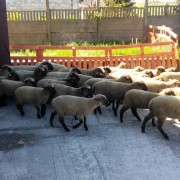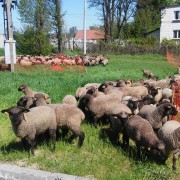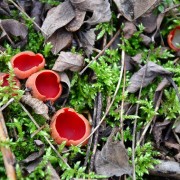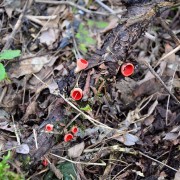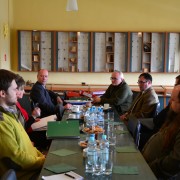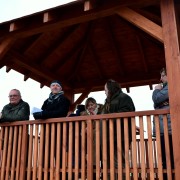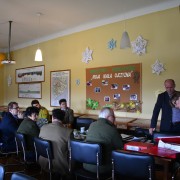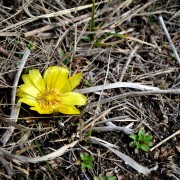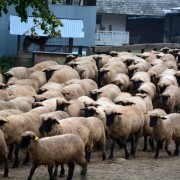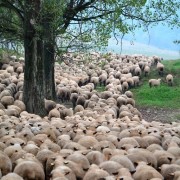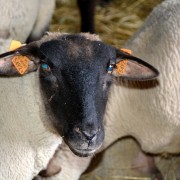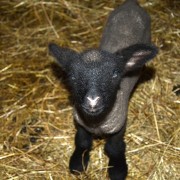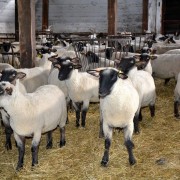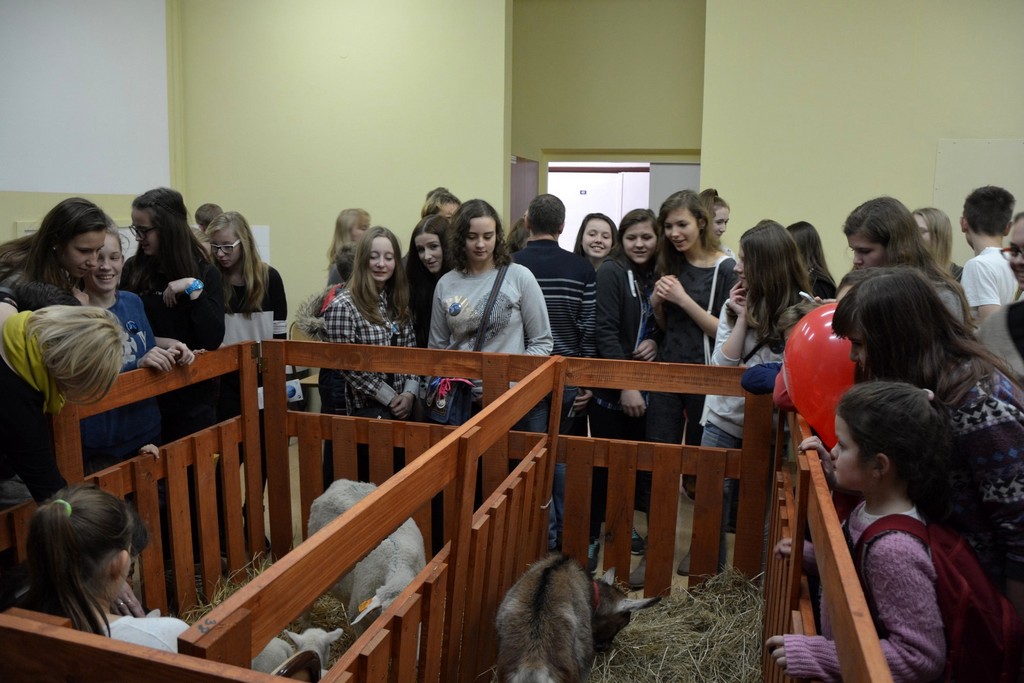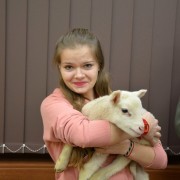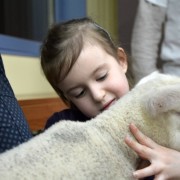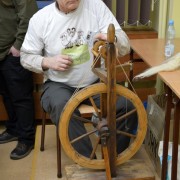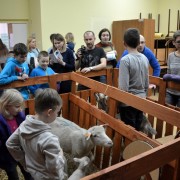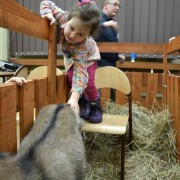News
The third meeting of the teams implementing LIFE projects
This was the third time we had met in such a broad range to debate on current issues regarding implementation of LIFE projects in an open-space format. This time, the meeting was organized by the Foundation for the Support of Ecological Initiatives and the Regional Directorate for Environmental Protection in Krakow.
The meeting took place on 20 and 21 May in Czajowice. At different tables we talked about midterm and final reports, the difficulties concerning implementation of „sheep-related” projects and how to account for the project indicators. Owing to the presence of the monitors representing the European Commission – Mrs Marta Kaczynski and Mr Stanislaw Tworek any doubts we had were quickly dispelled.
The end of educational workshops
A visit of children from the Complex of Community Schools in Kielce has ended the third edition of the workshops within the framework of the project.
In the opinion of our young guests and their educators this year’s workshops have been very successful.
The hospitality of Kasztelania in Kije, excellently conducted workshop activities and sunny weather have left us very much looking forward to the next edition.
See you in a year.
Natura 2000 Day in Kije.
Mammals, birds, trees – all responded to the invitation from the Complex of Ponidzie and Świętokrzyskie Region Landscape Parks and arrived at the Wednesday meeting with Mother Nature in Kasztelania in Kije.
Every stork and bear was followed by a colorful, laughing court, guarding that the king and queen were seen as the most beautiful and were making a good impression on all guests and especially on the hosts of the meeting.
As part of the implementation of the LIFE+ project, the Complex of Ponidzie and Świętokrzyskie Region Landscape Parks organized a second edition of environmental workshops, this time in a form of an environmental picnic, at the same time celebrating Natura 2000 Day.
The State Forests of Pińczów, the League for Nature Conservation from Kielce and companions from the Volunteer Fire Department in Kije had all prepared their stands. The participants could try weaving on a medieval loom, paint a carlina, or test themselves in distinguishing between different species of trees at the stand of the State Forests. Mother Nature invited the partakers to numerous contests with prizes and later a meal was prepared for all of them.
This form of learning through playing was, in the opinion of children’s guardians, a huge success and smiling faces of our little guests were the best reward for the organizers.
What remains then?
Let’s repeat the classes next year, shall we? See you then.
The beginning of educational workshops within the LIFE project framework.
The meeting of children from the Public Kindergarten No. 3 in Busko – Zdroj and LIFE+ employees had started another year of educational workshops within the LIFE project framework. For many children the contact with live animals they experienced then was the first one in their lives. Thousands of questions and flushed faces testified to participants' huge interest in the subject of the meeting. The children participated in the feeding of the sheep and then went into the field to see the location of the grazing.
A screening of a wildlife documentary and the making of models of carlina constituted the final part of the workshop activities.
The whole meeting ended with a barbecue.
The flock already in Ponidzie.
Blackface sheep which are to be grazed on xerothermic grasslands as part of the LIFE+ project are already in Ponidzie. They have been transported from breeders in Bieszczady in the first days of May by a specialized car suitable for animal transportation. The flock took the journey well and are currently kept quarantined in a sheepfold prepared for them. The first few days, the sheep were fed only hay and now they also receive concentrated feed and graze on fresh grass. They are also getting used to the electric fence which is going to be used to separate the areas where grazing will take place. After the end of the quarantine, the sheep will be divided into smaller flocks and transported to different locations, where the grazing will be conducted.
Colourful early spring mushroom in Pińczów
Scarlet elf cup (Sarcoscypha coccinea) is a beautiful mushroom appearing in late winter and early spring (it grows from December to May) when everything is grey and gloomy (or even white). This species is characterised with bright red hue of a bowl-shaped body, with a diameter of 2-5 cm. It grows out of leaf-covered twigs on the ground. It is classified as Ascomycota (just like common morels). It is not edible. In Poland it is rare (it is included on the Red List of Plants and Mushrooms of Poland and used to be a strictly protected species) but it is relatively frequent near Pińczów. We have seen it in many sites, e.g. in the shrubbery near the former dairy plant.
Project Monitor in Krzyżanowice.
First a visit to our seat in Krzyżanowice, and the next day an inspection of land covered with the active protection works within LIFE+ project.
On Thursday and Friday (3 and 4 March 2016) we welcome Mr Stanisław Tworek, monitor of our project, representing the European Commission, to Krzyżanowice Średnie. He carried out an audit of the performance of tasks covered by the project so far during an official visit.
The first day was devoted to formal and substantial check, while the second was spent in the field. We visited the areas in Pińczów (Serpentyny, Wierciszów), Skowronno Dolne, Stawiany and Umianowice where a Wildlife Education Centre is to be erected soon.
We are awaiting the official assessment. Let’s hope it is advantageous.
Spring is coming…
„The spring let her flowery braids loose, the meadows are like a colourful stall…”
Ponidzie and spring, as poet Wojciech Belon sang. The spring has come to Ponidzie. Its timid traces were met on the top of Pińczowski Projection where the first pheasant’s eyes bloom. We would like to encourage all lovers of Ponidzie to look for spring on the wonderful xerothermic grassland in our parks.
„… and the spring is coming”
See you in the wild.
Visit to Blackface sheep breeder
LIFE+ team visited Blackface sheep breeder. The sheep are to be introduced in this grazing season to the xerothermic grassland in Ponidzie region, covered with the project. Lambing took place in the flock right then.
Blackface sheep is highly characteristic. The whole body is covered by thick, white fleece while the head with ears protruding sidewards and legs are black. The females weigh up to 70 kg and males up to 120 kg. The interesting thing is that lams are all black. The blackface sheep mature early, are well adapted to adverse weather conditions and are immune to diseases. Their fleece is homogeneous, rather thick, white with grayish tint. It covers the whole body, is resilient but relatively rough. The annual growth can reach 9 cm.
This is a breed of sheep raised for meat starting in the second half of 19th century. It was brought from England to Germany and then to Poland to improve the meat-related properties in the local flock. It has been known in Poland since 1922.
After World War 2 only several hundred sheep were left in Poland. They are perfectly adapted to our environment. The present population of about 3,000 brood females (about 5% of all sheep) makes this precious sheep breed endangered which is why it was covered with the genetic resources conservation programme.
THE POWER RESTS WITH CARLINA (SIŁA W DZIEWIĘĆSIŁACH)
This is the motto used by Life+ team during the „Biologists' Night” organised by the Biology Institute of Jan Kochanowski University in Kielce. In the lecture halls on five floors of the Faculty of Maths and Science you could participate in lectures, workshops and competitions.
Our hall changed into a small sheepfold. To advertise our project, we brought a small billy goat and a sheep family (a mother with two three-week lambs) from Ponidzie. We erected a small enclosure and covered it with straw. Live animals turned out exceptional attraction especially if you could enter the enclosure, stroke a sheep and take it on your hands. Another important attraction was bottle-feeding of the young. As it took place every hour, special subscription was required.
The sheep and goat were patient during the long stroking, ear scraping and putting a handful of hay under their noses. There were many people willing to touch animals and some children would return many times.
The next edition of the Biologists' Night in less than one year!













